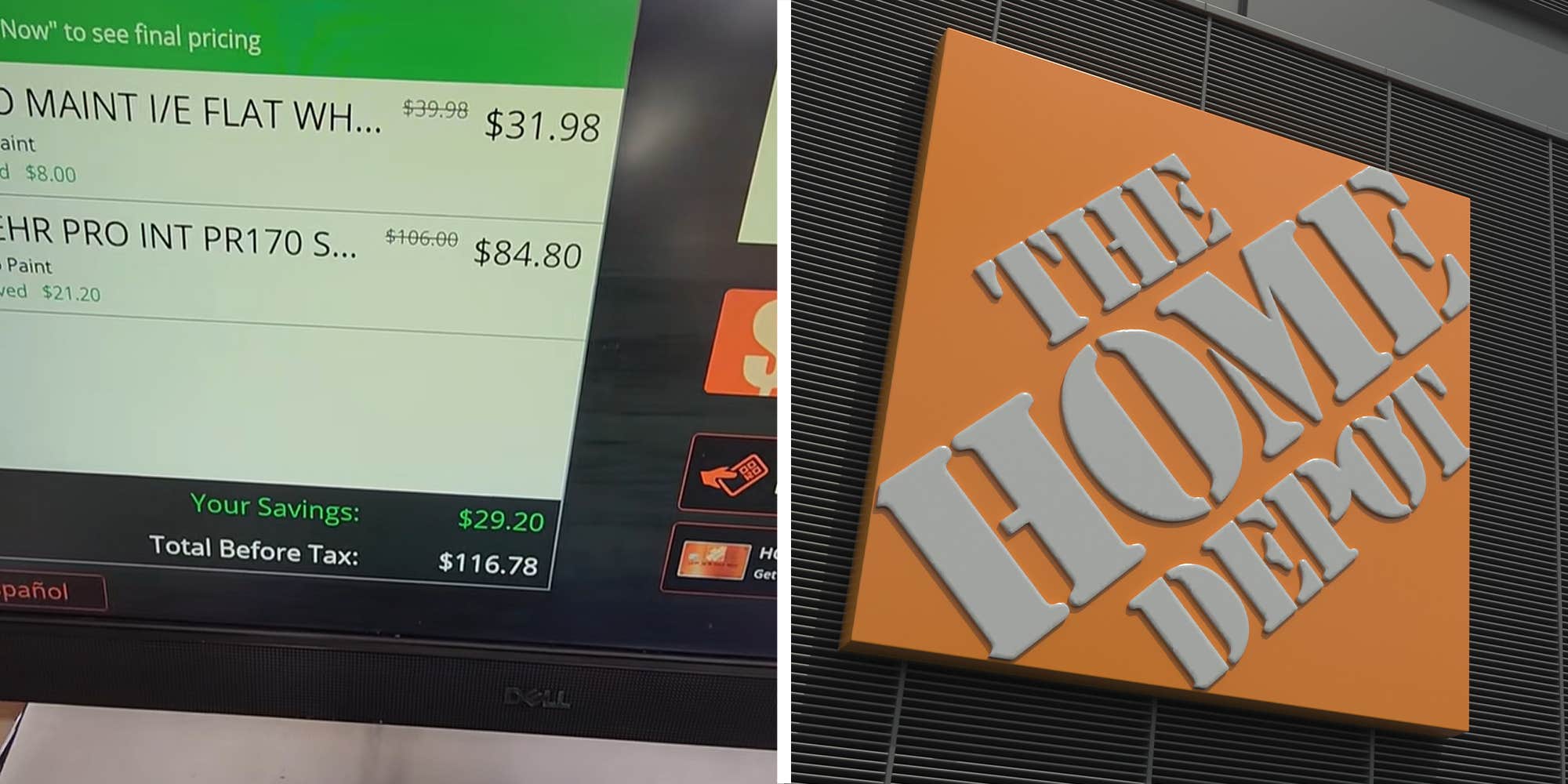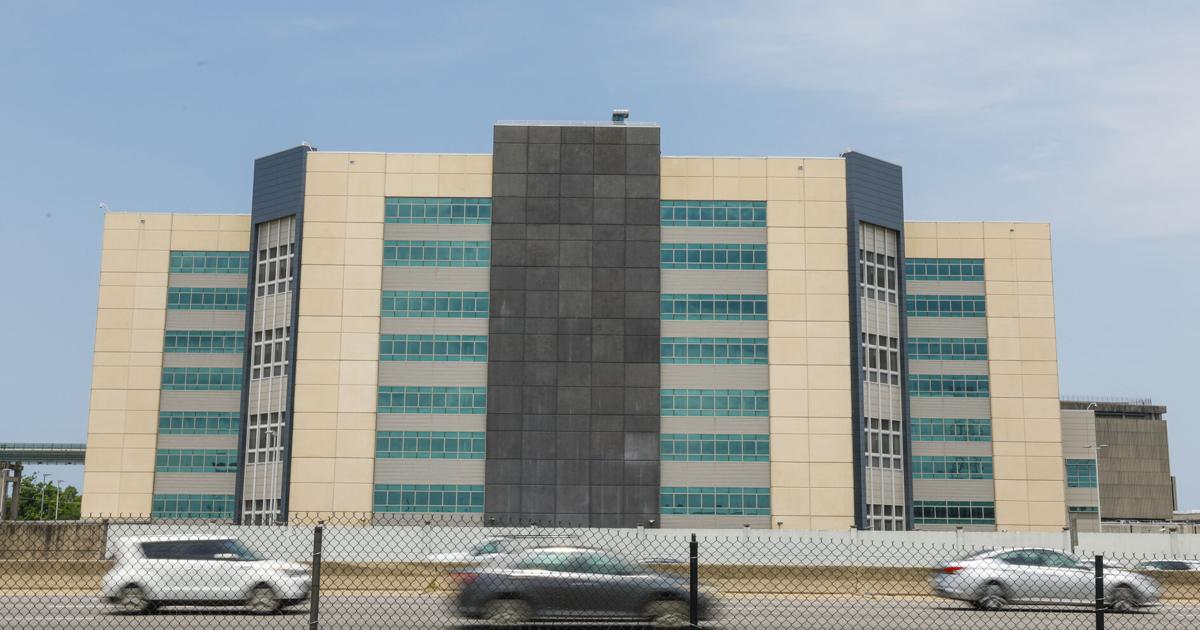SANIBEL-CAPTIVA CONSERVATION FOUNDATION
A southern carpenter bee on climbing aster (Aster carolinians).
The Sanibel-Captiva Conservation Foundation reported that Florida is home to over 300 species of native bees. They include bumble bees, sweat bees, leafcutter bees and more.
“Bees are some of the most important pollinators in the world, providing essential ecological services for wildlife, plants and people,” SCCF Native Landscapes & Garden Center Assistant Sophie Carpenter said. “Without pollination, we’d lose a significant portion of the global food supply.”
One reason bees are so important for plant pollination is because — unlike some other pollinator species, such as butterflies and birds — they intentionally gather pollen for their nests and offspring.
“During a foraging trip, a female bee can visit hundreds of flowers, depositing pollen during each visit and subsequently fertilizing flowers the entire way,” she said. “Because bees are such effective pollinators, many plant species depend on them.”
HELP NATIVE BEES BY PLANTING NATIVE

SANIBEL-CAPTIVA CONSERVATION FOUNDATION
Black-eyed susans, asters and coreopsis — also known as tickseed — are great options.
Native bees face multiple threats to their survival, including habitat loss, pesticide use, climate change and disease. One of the best and easiest ways to offset the declines and support native bees is to plant native plants.
“Some of Florida’s native bees, like bumble bees, are considered generalist species, foraging on many flowers, while others have more specialized requirements and depend on specific native plants species for survival,” Carpenter said. “Honeybees, which produce honey, are actually an introduced group of species that originally spread from Africa, Europe and Asia.”
DESIGNING A NATIVE BEE-FRIENDLY GARDEN
– Plant a variety of native plants that bloom during different seasons. This ensures that nectar and pollen are available year-round. Using a variety of plants also helps ensure a more diverse number of species will be attracted to your garden.
– Color selection matters. With so many species of bees, color preference varies. However, many bees prefer yellow, white, blue and purple flowers — many species cannot see the color red.

SANIBEL-CAPTIVA CONSERVATION FOUNDATION
A leafcutter bee on starry rosinweed (Silphium asteriscus).
– Be mindful of flower shape and form. Many bees prefer flowers with broad petals, which tend to provide a larger landing pad for individuals to forage on. Additionally, bees tend to have short tongues and therefore tend to prefer flowers with wide/flat topped shapes instead of long, tubular flowers.
– Avoid “double-flowered” varieties. Many nurseries and garden centers will sell double-flowered plant varieties. Although these flowers tend to be very pretty, they often do not contain nectar, pollen or fragrance.
– Cluster plants together. Clustering your plants into groups of three or more helps pollinators find plants more easily. In addition, clumping flowers helps bees save energy when flying.
– Avoid pesticides. If necessary, only use pesticides during the evening or night when bees and other pollinators are not active. Avoid spraying any flowers or flower buds to prevent potential contact with pollinator species.
-
SANIBEL-CAPTIVA CONSERVATION FOUNDATION
A southern carpenter bee on climbing aster (Aster carolinians).
-
SANIBEL-CAPTIVA CONSERVATION FOUNDATION
Black-eyed susans, asters and coreopsis — also known as tickseed — are great options.
-
SANIBEL-CAPTIVA CONSERVATION FOUNDATION
A leafcutter bee on starry rosinweed (Silphium asteriscus).











